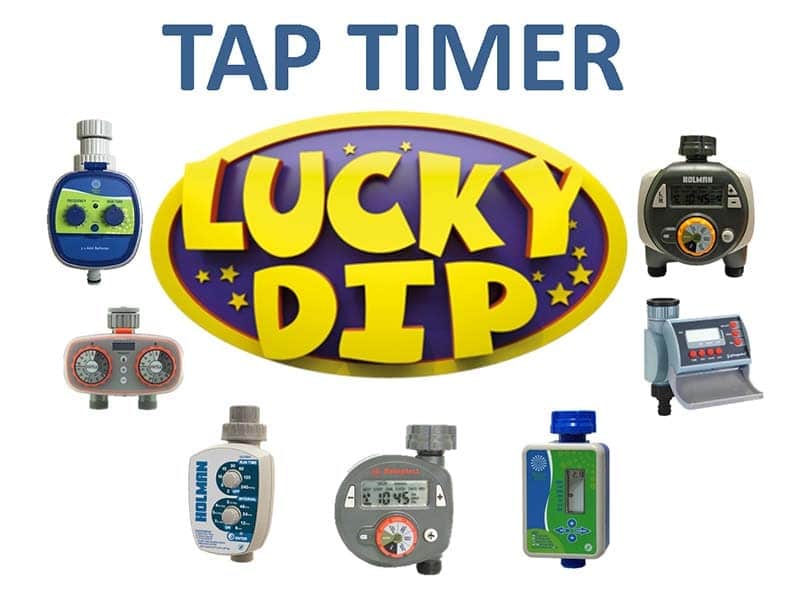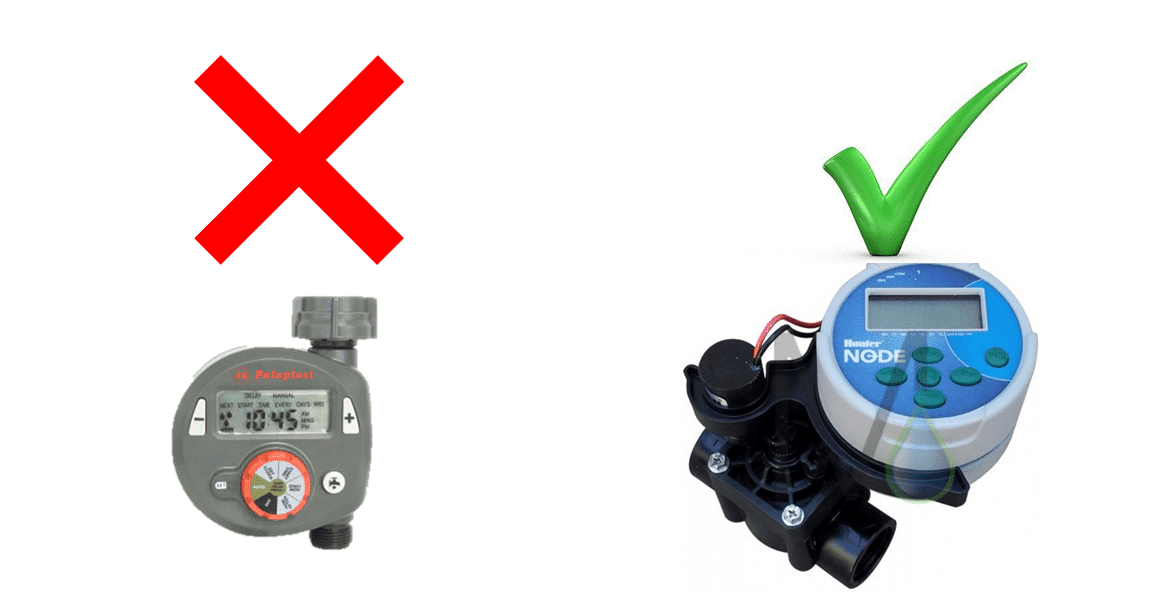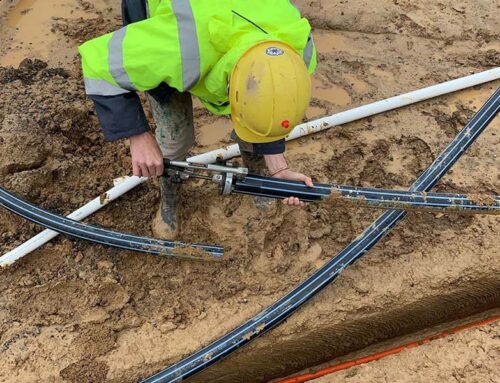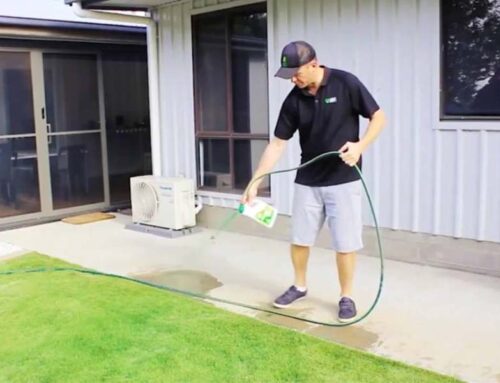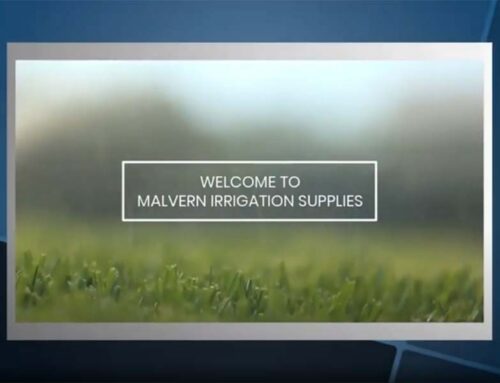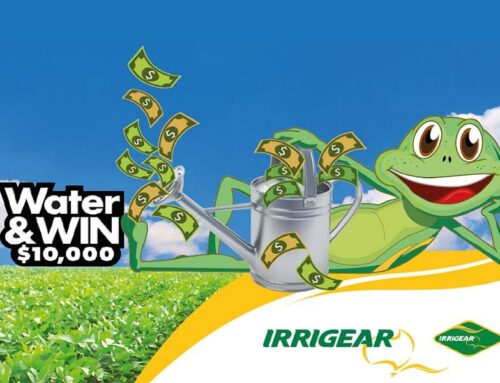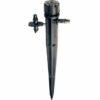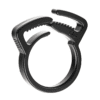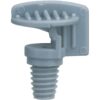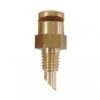The truth about tap timers…
Tap timers, where do I begin? Firstly, let’s discuss what tap timers actually are: They are convenient and simple. It’s also easy to install the unit to the automatic control of your irrigation system. The manufacturers use phrases such as “better scheduling consistency with this easy-to-use digital controller”. Along with rugged dependability for season-long outdoor use, this professional-grade controller offers sophisticated functions for “worry-free watering convenience”, “complete control and functionality over your watering needs”, and “designed to make your watering schedule effortless”. Sound good doesn’t it?
Most of these timers are in fact very simple to use and install giving the homeowner an easy alternative over a standard irrigation controller and valve set up. They are also handy when there is no power available onsite. In short, they are great for the “hardware” market, cost-effective (range between $30-$100), and the amount sold per year would be huge.
After reading all the supplier mumbo jumbo, (seeing how easy they are to use and install or a new & improved model comes out), homeowners and contractors put them in continuously. From a professional contractor’s point of view, they are basically nothing more than a pain in the butt. Yes, we have all used them, recommended them, and even sell them. We tend to get stuck in the mould to take the easiest option; which can be tap timers. But from experience, they can cause more trouble than its worth.
The way we look at tap timers is that you are getting a lucky dip when purchasing or installing one. You can put two in right next to each other; one may last you 10 years and the one next to it for 3 months. The main problem we face with tap timers, especially in Melbourne, is static pressure. This is the water pressure behind the timer when it is turned off and prevents water from running out. In theory, that is about 95% of your timers’ life. Most tap timers have a pressure rating of 600-8000k.p.a. In Melbourne, most of our established suburbs have a static pressure between 800-1000k.p.a. This basically wreaks havoc with the timers. We see them burst of taps, have the internal mechanisms blown, and just stop working for no reason at all. These issues can happen within days, weeks, months, and even years after they have been installed. Imagine that you have your tap timer running your lawn sprinklers and you go away on holidays. While away, the timer bursts or the internal mechanisms fail. This causes water to flow out of your tap until a friendly neighbor shuts it off or worse–until you get home. What you’re left with is an expensive water bill, damage to your landscaped areas, and looking like a goose for water wastage.
In fairness to the manufacturers, some are now coming out with models that if the internals fails, will always be in the off position. But this doesn’t help if it blows off your tap. Now, what can you do to prevent this? You can install a high-quality brass static pressure regulator to ensure your static pressure is below that of the specs of the timer. These regulators are generally around $70.00 for a good quality one. Also, many new builds must have a 500k.p.a regulator installed on the mains; which will also prevent this. Once again, sound good and easy. But truth be known, we see many tap timers just plain fail even when the static pressure is below that of the manufacturers’ specs. It can be poor seals on the timers, allowing water into the electrics or they just plain fail due to the cheap materials used in the construction. So, what do we do?
We make sure that on all our installations we use a battery-operated solenoid valve and controller such as the Hunter NODE or Rainbird WPX. Both of these timers come with a 25mm professional-grade solenoid valve that has a high-pressure rating and is not flow restrictive like many tap timers. The controllers are IP68 rated so they are able to be submerged in water without any issues with the seals and have a lot more programming features. The downside to these types of controllers is that they are not as aesthetically pleasing as a tap timer, can be a little harder to program and they do cost more (generally starting at approximately $140.00 for a single station unit). These downsides though do outweigh the “lucky dip” of tap timers. We would estimate that we are lucky to get 1 out of every 500 sold back, compared to 3 out of every 10 of tap timers.
So, our advice is to spend the extra few bucks and put in a battery-operated valve & controller over a tap timer any day of the week. If you want to find out more info on these types of systems, feel free to give us a call.


